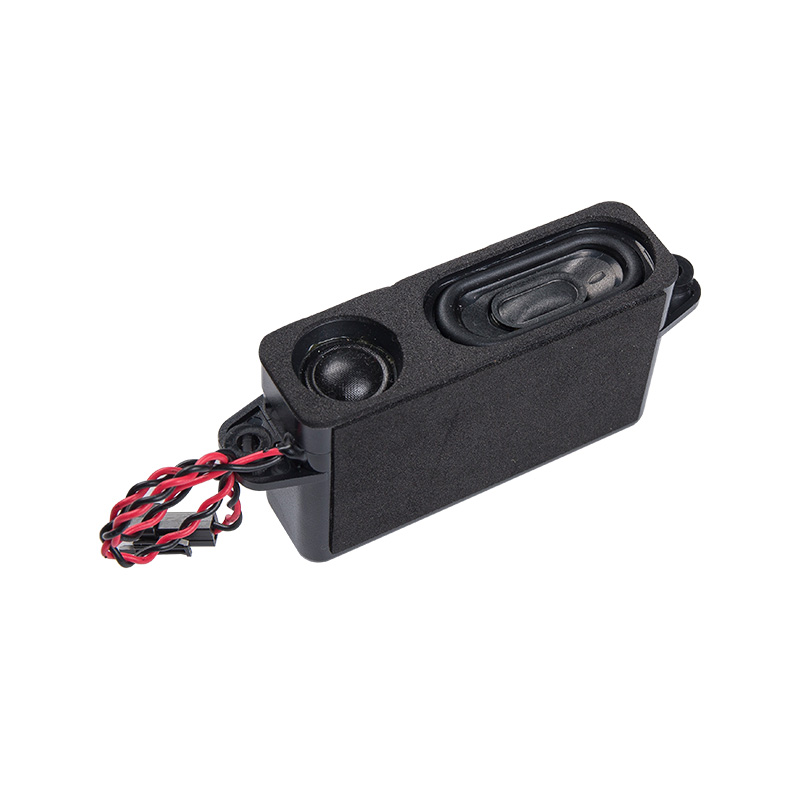Minimizing audio delay when connecting to an IoT (Internet of Things) speaker box wirelessly is essential for maintaining synchronicity between audio and video, especially in applications like streaming, gaming, and home theater setups. Here are several tips to help reduce audio delay:
1. Use Low-Latency Codecs:
- Check if your IoT speaker box supports low-latency audio codecs like aptX Low Latency or AAC. These codecs are designed to minimize audio delay during wireless transmission.
2. Bluetooth Version:
- If you're using Bluetooth for wireless connectivity, ensure that both your source device (e.g., smartphone, tablet, TV) and the speaker support Bluetooth version 4.1 or higher, as newer versions typically offer lower latency.
3. Wired Connection for Critical Applications:
- For applications where ultra-low latency is critical (e.g., gaming or live performances), consider using a wired connection, such as an auxiliary (3.5mm) cable or HDMI, instead of relying on wireless connections.

4. Adjust Settings on the Source Device:
- Some source devices have settings to adjust audio latency. In smartphones and tablets, you might find an option for "Bluetooth audio codec" or "Bluetooth audio delay" in the developer settings or audio settings. Experiment with these settings to find the lowest possible delay.
5. Firmware Updates:
- Ensure that both your source device and the IoT speaker box have the latest firmware updates. Manufacturers often release updates that can improve wireless performance and reduce latency.
6. Reduce Wireless Interference:
- Minimize wireless interference by keeping the source device and the speaker box in close proximity without obstructions. Avoid placing them near other electronic devices that may cause interference.
7. Bluetooth Transmitter/Receiver:
- If your source device doesn't support low-latency codecs, you can use an external Bluetooth transmitter that does. Connect the transmitter to your source device and pair it with the speaker. This can be especially useful for older TVs or devices.
8. Use 5 GHz Wi-Fi (for Wi-Fi Speakers):
- If your IoT speaker box uses Wi-Fi for connectivity, make sure it's connected to a 5 GHz Wi-Fi network instead of a 2.4 GHz network. The 5 GHz band typically experiences less interference and lower latency.
9. Gaming Mode or Low-Latency Mode:
- Some IoT speakers and source devices have a dedicated "Gaming Mode" or "Low-Latency Mode" that can be activated to reduce audio delay. Check the user manual or settings menu for such options.
10. External Audio Delay Correction:
- Some smart TVs and AV receivers have options to manually adjust audio delay to compensate for wireless latency. Check your TV or AV receiver settings to see if this feature is available.
11. Consider a Wired Hub:
- In more complex setups, you can use a wired hub or receiver that connects to your source devices and then wirelessly communicates with the IoT speaker box. This can help centralize audio synchronization.


 EN
EN  English
English Deutsch
Deutsch 中文简体
中文简体
